UN Report : 140 Women Killed Daily In 2023!
The report suggests an alarming increase in crime against women worldwide, what is surprising is that the report suggests that women are the most unsafe inside their homes, thus stating that it is mostly the close ones who are hurting women.
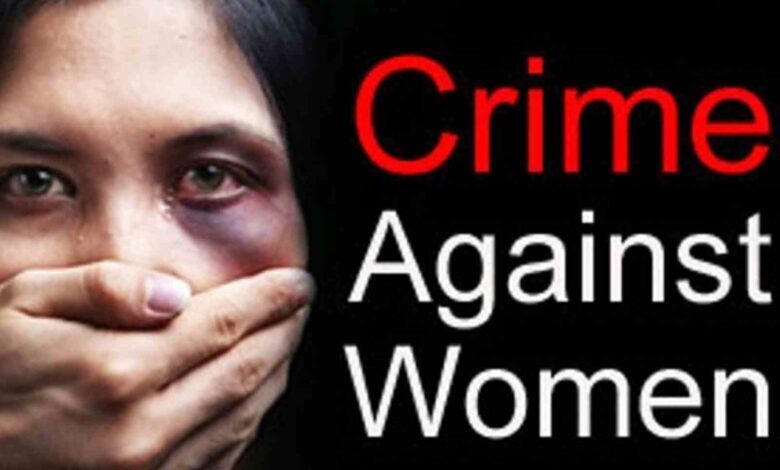
The report exposed a harrowing global narrative of violence against women that demands unprecedented attention and immediate action. That report by the United Nations Women and the UN Office of Drugs and Crime, just released to the public, has depicted the statistics in a striking way as a global humanitarian crisis threatening the very basic rights and dignity of women and girls around the world.
In 2023, an estimated 51,100 women and girls were violently killed worldwide—a number that amounts to more than just a statistical increase but a staggering failure of societal structures, legal systems, and human sensibilities. The most jarring finding of the report is the temporal dimension: every 11 minutes, a woman or girl becomes a victim of intimate partner or family violence. This means that in the time it takes to watch a short television episode, multiple women will have lost their lives to those who are supposed to love and protect them.
This is not a hyperbole but a severe diagnosis of a global pandemic that transcends geographical, cultural, and socioeconomic boundaries, as stated by UN Secretary-General António Guterres that violence against women is the “most ubiquitous infringement upon human rights”. In short, this report deconstructs with precision the layers of such violence, unearthing predictable patterns but also showing that they could be avoided.
The Urgency To Act
Outcries have erupted following the report, but it also places a sense of urgency over actions at all levels of society. While initiatives around the world, such as SDGs, have built their gender equality and abolition of violence against women on a platform, the truth is gloomy. The figures from this report remind us how laborious and disjointed the work in this area is. Unless there is a drastic shift in social norms, legal frameworks, and international collaboration, things will continue to worsen.
Societies with high gender-based violence are indeed under immense psychological and economic burden. Survivors typically carry lifelong trauma that impacts their mental health, job prospects, and relationships. Children who experience domestic violence are more likely to become perpetrators or victims of abuse, thus creating a cycle of harm across generations.
Femicide And Geography
The UN report regional analysis helps paint a nuanced picture of the way gender-based violence unfolds differently across continents, though with a consistently devastating effect. Africa is identified as the most dangerous continent for women, with an estimated 21,700 victims in 2023. The rate of 2.9 victims per 100,000 people in the continent is not merely a number; it represents a multidimensional crisis that includes widespread and deepened levels of poverty, poor education, and patriarchal social systems.
The situation is also rather depressing in the Americas and Oceania, with 1.6 and 1.5 female victims per 100,000 population, respectively. These numbers indicate that even in those parts of the world traditionally considered more liberal; women remain at risk of death in their closest relationships. Asia and Europe, though showing lower rates of 0.8 and 0.6 victims per 100,000 people, are certainly not immune to this crisis.
Conflict areas within sub-Saharan Africa intensify the risk of violence against women as sexual violence is often employed as a weapon of war. In Latin America, the prevalence of “machismo” culture perpetuates the stereotypes and behaviours that lead to the normalization of aggression toward women. Within Europe, the very concept of gender-based violence reveals a shocking fact: the sickening continuity of intimate partner violence, whereby plenty of the victims are stuck in the claws of abusive relationships due to societal shame and/or economic dependence.
Intimate Partner Violence: The Hidden Epidemic
The distinguishing element of the female experience of violence is its intimate nature. Women are most at risk of homicide in what, on paper, should be their safest environment—their homes. An estimated 60% of women who were intentionally killed in 2023 were victims of intimate partner or family member violence, compared to the global homicide records, where 80% of victims are men killed outside domestic settings.
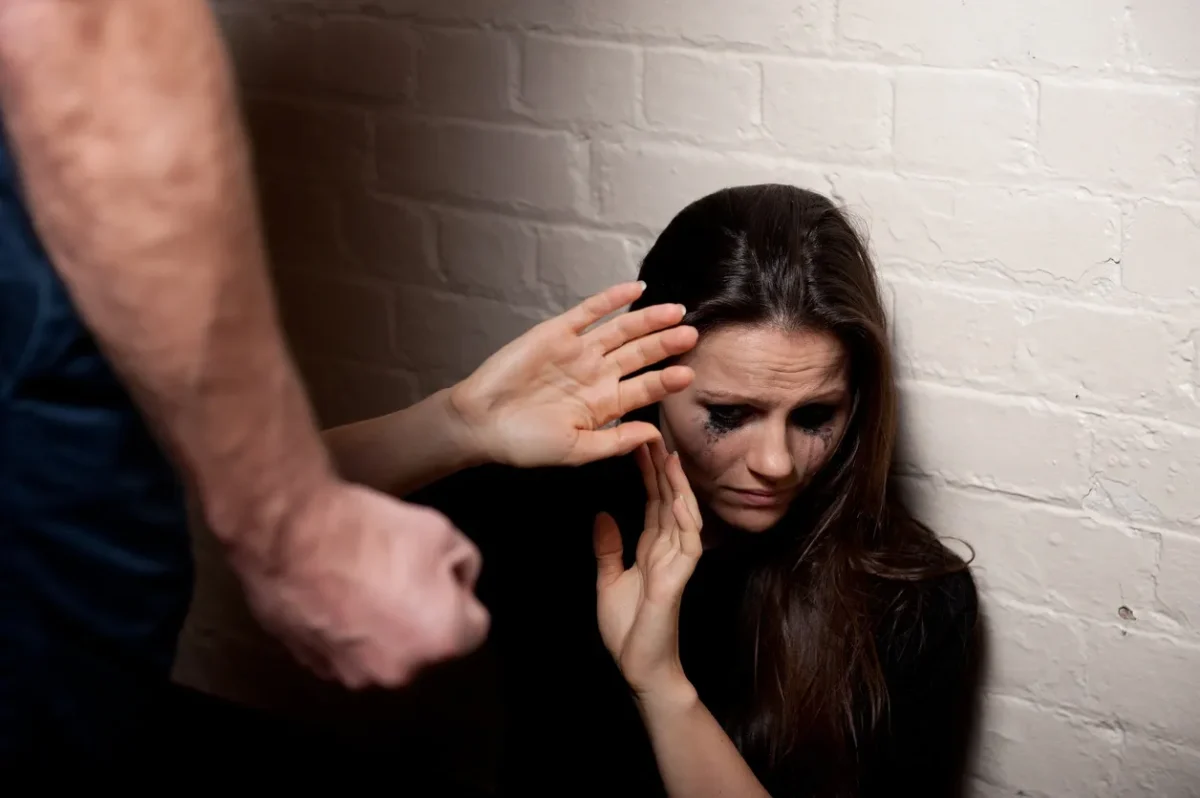 Normalization of partner violence goes deep into the social structures of every other country. In many cultures, women are socialized not to react to abuse under the guise of preserving the honour of the family and marital harmony. The inadequate legal protections and societal attitude of blaming the victim further add to this normalization process.
Normalization of partner violence goes deep into the social structures of every other country. In many cultures, women are socialized not to react to abuse under the guise of preserving the honour of the family and marital harmony. The inadequate legal protections and societal attitude of blaming the victim further add to this normalization process.
Systemic Roots Of Domestic Violence
The UN report is not simply a documentation of events but really points out the fact that domestic violence is not at all random; it represents a systematic expression of profound societal inequalities. It happens to be a preventable crime that emanates out of repeated cycles of gendered violence, normalized through practices of culture, legal ambivalence, and social conditioning.
Where this type of violence intersects with others, such as racism, classism, and even xenophobia, it manifests as a layered crisis. For example, migrant women are afraid to report being abused because they fear they will be deported or there isn’t any support service around them. In many geographical areas, Indigenous women tend to be disproportionately affected and, therefore, require culturally sensitive responses.
India’s Femicide Landscape: A Microcosm Of Global Gender Inequality
India is one of the more complex case studies within the global story of violence against women. Despite some serious economic development, high technological advancement, and advances in female education, there still remains a deeply embedded patriarchal structure that has a tendency to systematically exclude and endanger women.
National Crime Records Bureau data paints a quantitative picture of this humanitarian crisis. In 2021, India registered 8,405 female murder victims, a number of individual lives, dreams, and potentials brutally cut short. The classification of these crimes is equally revealing: 6,753 dowry death cases, 5,292 cases of abetment to suicide, and an alarming 136,234 cases of cruelty by husbands or relatives. These figures are not numbers but stories of suffering, oppression, and injustice running through Indian society.
The Persistence Of Dowry-Related Violence
The most visible and rampant manifestations of systemic patriarchy are dowry-related violence persisting in India. Despite the Dowry Prohibition Act of 1961, dowry-related harassment and violence continue unabated in many parts of the country. The families of brides are usually placed under severe pressure to give significant amounts of money or material gifts to the groom’s family.
When these expectations are not met, women are subjected to severe abuse, including physical torture, starvation, and even murder. “Bride burning,” where women are set on fire by their husbands or in-laws over unmet dowry demands, remains a horrifying reality in certain regions.
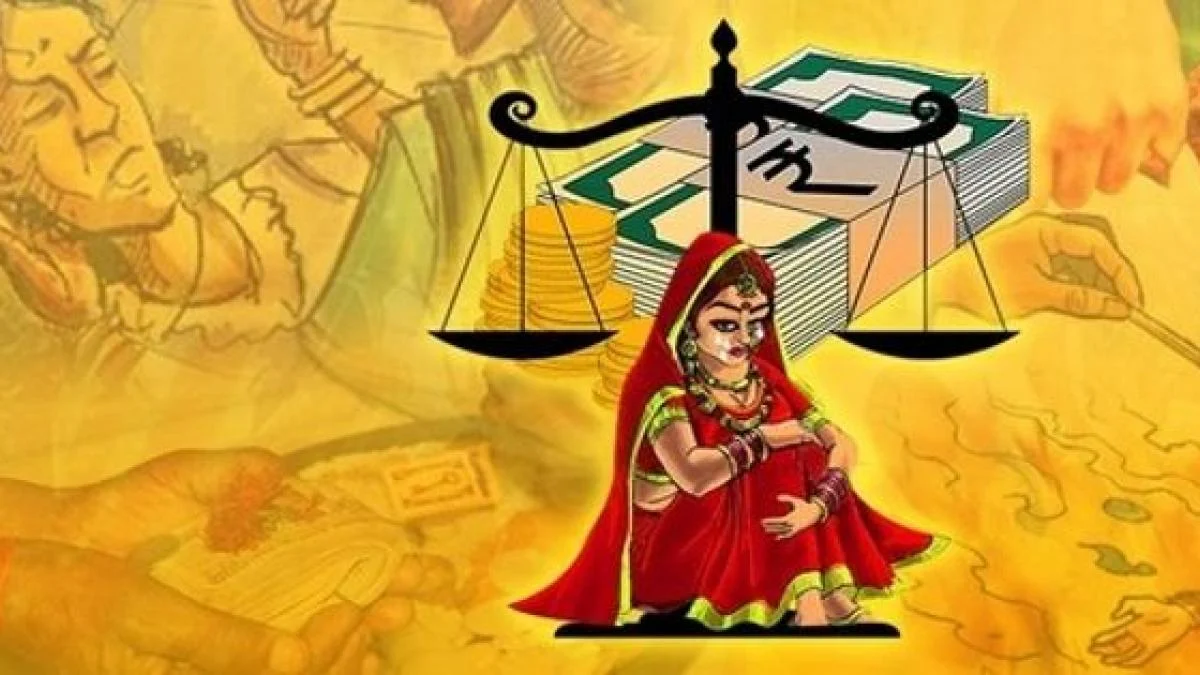 Dowry violence is not an exclusively rural affair; cities are no less steeped in the culture of dowry. Greater education and enlightenment have made little dent in the prevalent tradition. It is also observed that there is an imperative to break this scourge by increasing legal support, awareness through public campaign, and change in societal culture.
Dowry violence is not an exclusively rural affair; cities are no less steeped in the culture of dowry. Greater education and enlightenment have made little dent in the prevalent tradition. It is also observed that there is an imperative to break this scourge by increasing legal support, awareness through public campaign, and change in societal culture.
Domestic Violence: An Ingrained Tradition
Domestic violence in India is not restricted to dowry-related cases. Women suffer physical, emotional, and psychological abuse from intimate partners and family members at alarming rates. The NCRB’s 2021 report showed over 136,000 cases of cruelty by husbands or relatives, but experts believe these numbers only scratch the surface. Social stigma, fear of retaliation, and lack of economic independence discourage many women from reporting abuse.
The Protection of Women from Domestic Violence Act (PWDVA), enacted in 2005, is a major step towards combating domestic violence. Still, the implementation is weak due to systemic challenges like a lack of resources, ignorance among women, and lack of training for law enforcement personnel. Many victims are deprived of shelters, legal aid, and rehabilitation programs and are left in an abusive environment.
Gender Inequality And Honour-Based Violence
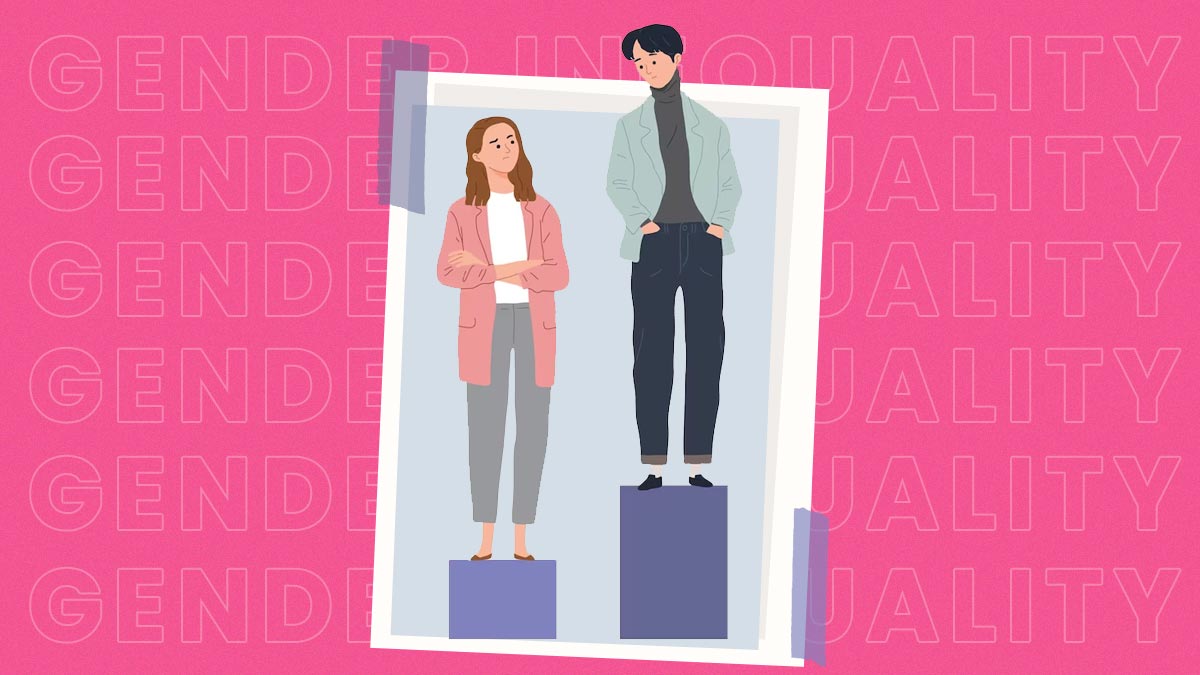 Deep-seated gender inequality still tends to feed violence against Indian women. A rather stunning manifestation of gender-based violence is the practice known as honour killings or, technically, murder by kinship members to preserve “honour”. These often come about because of the choice she exercises in selecting her marriage partner, marrying someone out of her caste or religion, or even out of non-conforming traditional female gender roles. In reality, such crimes are relatively commonplace within regions such as Haryana, Punjab, and Uttar Pradesh.
Deep-seated gender inequality still tends to feed violence against Indian women. A rather stunning manifestation of gender-based violence is the practice known as honour killings or, technically, murder by kinship members to preserve “honour”. These often come about because of the choice she exercises in selecting her marriage partner, marrying someone out of her caste or religion, or even out of non-conforming traditional female gender roles. In reality, such crimes are relatively commonplace within regions such as Haryana, Punjab, and Uttar Pradesh.
Finally, the preference for sons has further resulted in female foeticide and infanticide, although the PCPNDT Act bans sex-selective abortions. The outcome is an imbalanced sex ratio in many states, but it also feeds systemic violence against women, turning women into commodities in such areas with low sex ratios as brides are trafficked and married under coercion.
The gender-based violence as a crisis also boasts of record sexual violence. In fact, the rape case involving gang rape that hit India last year, 2012, drew international attention due to public protests all over India and worldwide. Yet public awareness is growing even if laws have tightened under the Criminal Law (Amendment) Act 2013, as sexual violence still shows worrying trends.
According to the data provided by NCRB, in 2021, over 31,000 rape cases were reported. The problem is much larger, and these figures underreport because of the massive underreporting that happens in India. Survivors face stigma, victim-blaming, and lack of support from the authorities, which deters them from seeking justice.
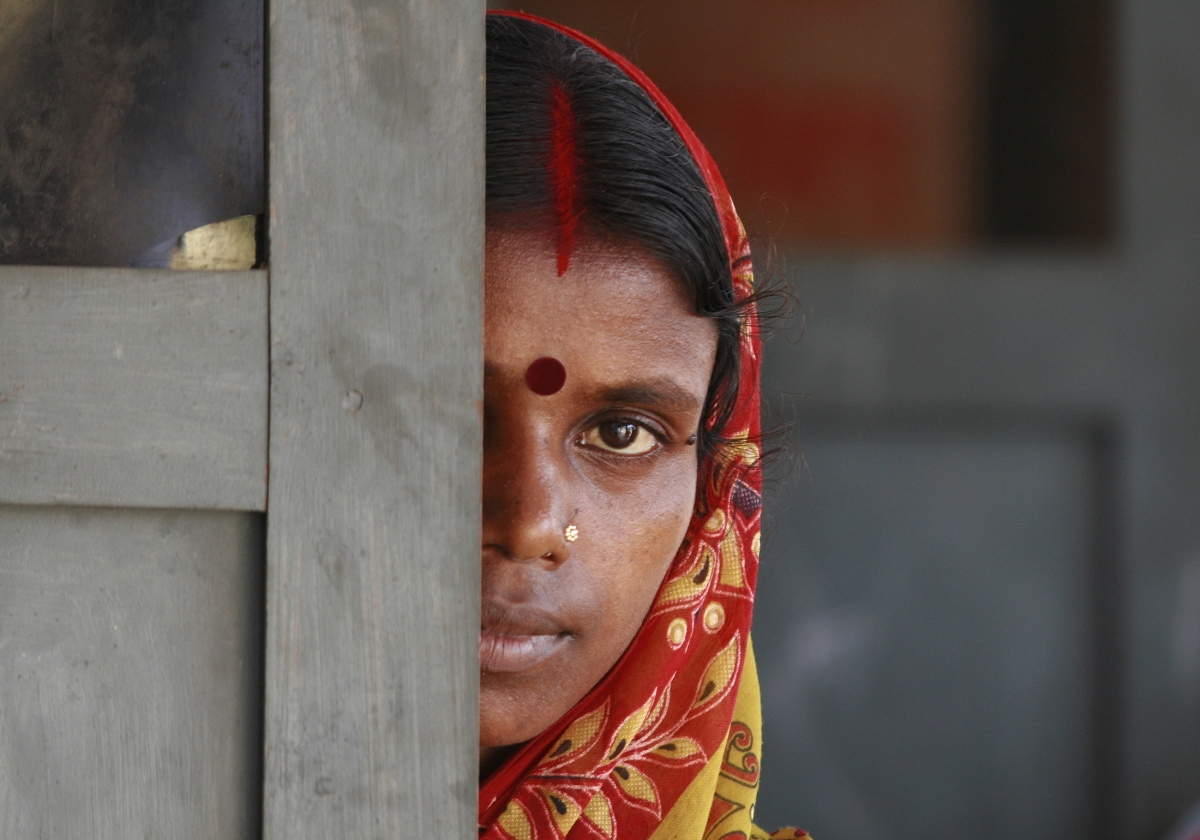 Rural women, Dalit women, and other members of marginalized communities are most vulnerable, as they are systematically discriminated against and subjected to further suffering.
Rural women, Dalit women, and other members of marginalized communities are most vulnerable, as they are systematically discriminated against and subjected to further suffering.
Public spaces in India are unsafe for women. Harassment and assault occur on streets, at workplaces, and on public transportation. The government has initiated measures such as “One Stop Centers” and women-only transportation services. Such steps are not enough. Challenging patriarchal mindsets and holding perpetrators accountable take a long time to make public spaces safer.
Political Dynamics And Structural Violence
The political context of India is very crucial to the continuation of gender-based violence. The ruling party has been heavily criticized for supporting patriarchal norms through political rhetoric and actions. Politicians, even high-ranking officials, have been saying things that support patriarchal norms, trivialize gender violence, or blame victims for their situation. Such rhetoric opposes what activists and organizations have achieved in the fight for gender equality.
 There are even systemic corruption and bureaucratic inefficiencies that usually deny justice to the victims of gender-based violence. The police have little skills to deal with the case of gender-based violence in a sensitive way. Survivors mostly end up being victimized or talked down to by police themselves. The delays are more pronounced in the judiciary of those countries where cases take years to be disposed of. This system failure creates a culture of impunity for the offenders.
There are even systemic corruption and bureaucratic inefficiencies that usually deny justice to the victims of gender-based violence. The police have little skills to deal with the case of gender-based violence in a sensitive way. Survivors mostly end up being victimized or talked down to by police themselves. The delays are more pronounced in the judiciary of those countries where cases take years to be disposed of. This system failure creates a culture of impunity for the offenders.
Intersectionality And Marginalized Women
For marginalized women in India, the intersectionality of gender with caste, religion, and socioeconomic status presents differing challenges. For example, Dalit women are more vulnerable to sexual violence and often not provided justice because of systemic caste discrimination. Human Rights Watch study has revealed that police often do not register complaints from Dalit women or force them to withdraw cases.
Similar is the case of the women in Islam, who experience dual marginalization, namely gender and religion. Over the past few years, the growing communal tension has put Muslim women at more risk as they become targets during episodes of communal violence. Tribal women face dislocation and exploitation, especially during times of industrialization and the extraction of resources.
Reporting And Data Collection: The Invisible Epidemic
Professor Nishi Mitra of Tata Institute of Social Sciences spoke on femicide, but in a very fundamental sense, the basic problem is with the severe scarcity of data collection. In fact, most forms of violence against women are reported and treated as non-cognizable offences, effectively making these incidents invisible to the justice system.
This lack of data also hampers international comparisons and the development of effective policies. Without proper statistics, it becomes nearly impossible to measure progress or highlight areas needing urgent attention. Governments need to prioritize investment in data collection and analysis with regard to each case of gender-based violence.
Economic Marginalization And Its Role in Violence
The economy greatly determines whether gender-based violence continues or not in India. This is ironic since labour force participation among women decreased from 28% in 1990 to 23% in 2021, which shows there is a higher rate of economic exclusion of women within the country. The financial dependence on male relatives often leaves them without much power to walk away from abusive relationships.
The absence of economic empowerment of women also sustains injurious gender norms. Women are only confined to doing unpaid household work, which thus limits their economic freedom but demeans the labour women perform to maintain society. Government initiatives in entrepreneurship among women, vocational training, and self-help groups have been successful but require much investment and outreach.
Strategy To Combat Women’s Violence In India
Despite all these problems, Indian judicial reforms, activism, and awareness campaigns have, in fact, witnessed the curbing of gender-based violence. The “Nirbhaya Fund,” established in the aftermath of the 2012 Delhi gang rape, hopes to make India safer for women through projects such as CCTV surveillance, streetlights, and women’s helplines.
Organizations like the Self-Employed Women’s Association (SEWA) enable women to empower themselves economically, and grassroots movements challenge patriarchal norms within the community.
These, however, must be scaled up and factored into a framework addressing the root causes of violence. Public education campaigns focused on gender equality, comprehensive sex education in schools, and community-based interventions will contribute immensely to altering societal attitudes.
Such a state of affairs is a testament to the many women and their strength and courage as they fight for their rights. Their struggle calls out for collective action to have a safer, more just society.
We, as a society and individuals, have some responsibility. Therefore, we must speak up for every woman who has been abused; it can be hard for the victims to speak up for themselves because of the trauma or because there is so much shame attached to abuse. Together, we can make the world a safer place, but we have a really long way to go.




